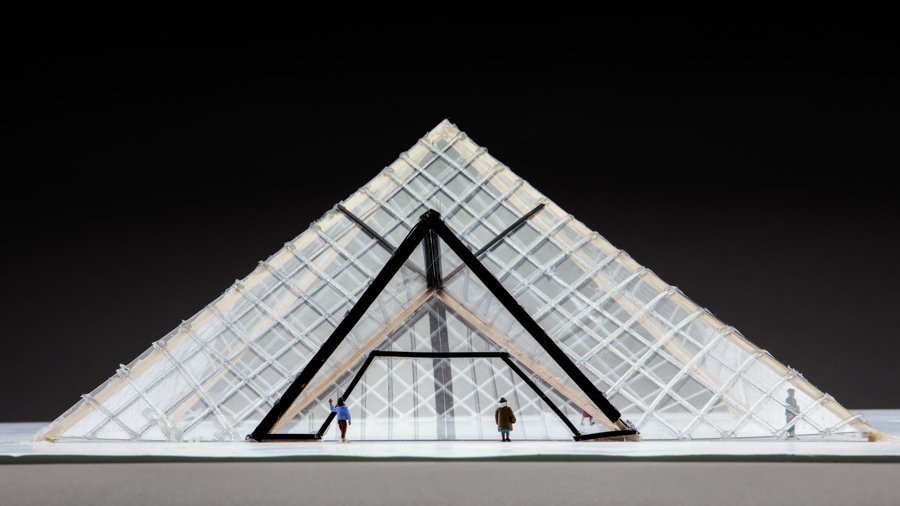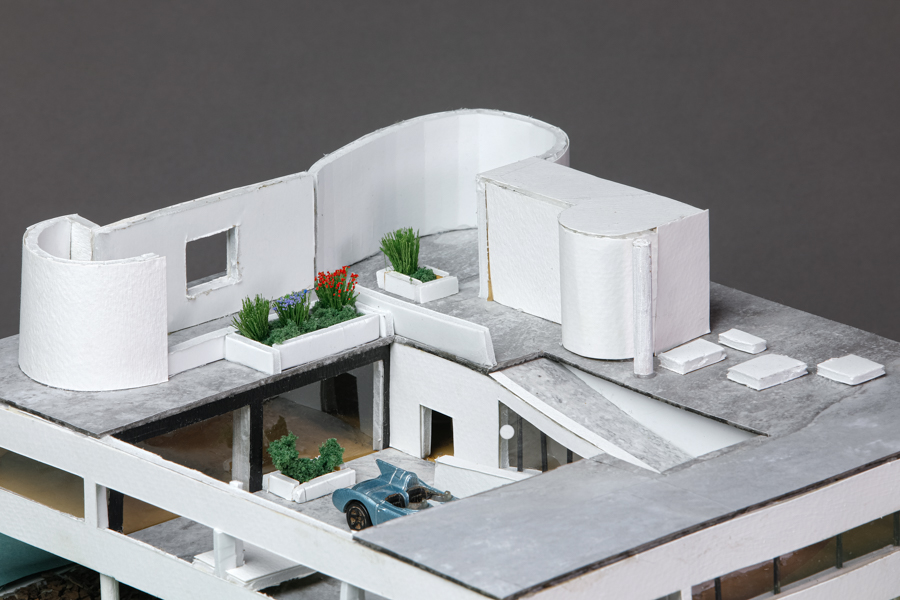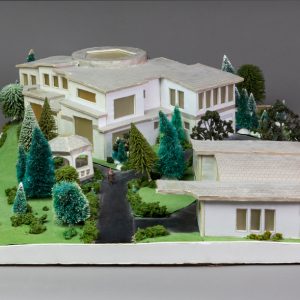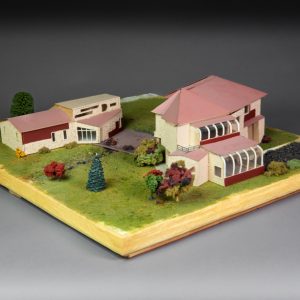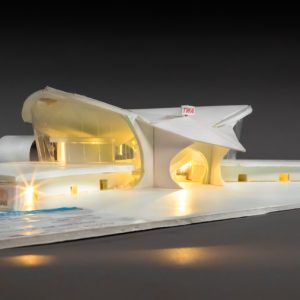The Focus and the Magic of Creativity
One cannot not know history so said architect Philip Johnson. History is part and parcel of architectural design, from Classical, Gothic, Neo-classical, High-modern, Post-modern to, even what many feel, is the anti-historical De-constructivism of Frank Gehry, or Zaha Hadid.
The students in Architecture 121 (Design II) in the spring of 2019 were asked to pick an historically important building from a given list. They were to write an essay and do a model of the particular building they decided to research.
The renowned American architect, John Lautner observed:
The Creative process its a sweat. The thing is to be able to hold, and try to pull together all the possible emotional, physical, structural elements and Nature, and try to pull that into one grand idea.
This exhibition is coordinated by Craig R. Weber, an Associate Professor at the Engineering Technology Department of Queensborough Community College of the City University of New York.

